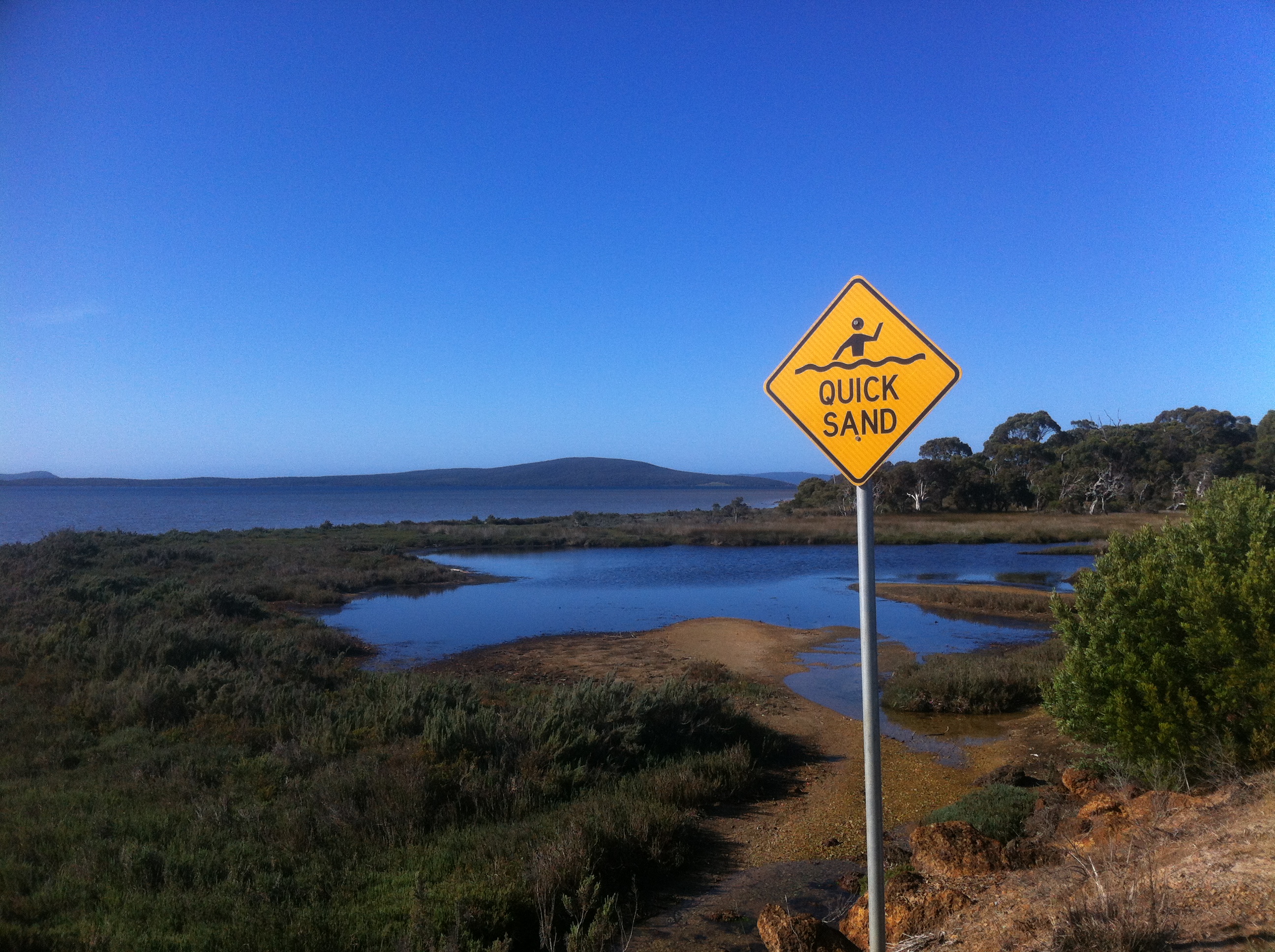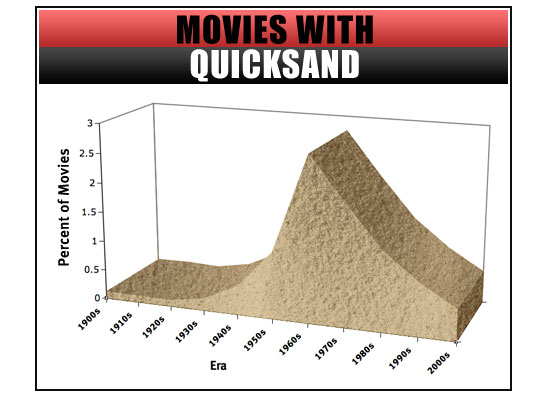Prompt Images
For some reason, if you grew up between 1960 and 1995, your life was filled with an endless stream of terrorizing propaganda about a deathly and mysterious substance called quicksand. You feared it whenever you saw mud. You created games in which your friends or enemies fell into it and died. You lived in a constant panic that you might drown. And yet, no one ever really saw quicksand, did they? So, The Prompt staff went to our favorite science guy, Jesse Stone, to ask him questions about this wild enigma.
Q: Is quicksand a real thing?
A: Yes, it is absolutely a real thing. How else would you explain what happened to Buttercup?

Q: How does quicksand work? Or what happens if you step in quicksand?
A: Quicksand is a substance in which the particles of one material (such as sand or clay) are suspended in water. With dry sand, the sand grains are packed in tight so they can support your weight. In quicksand the grains are packed more loosely. This means that more water can fit in the spaces between the sand grains. It may just look like regular old sand, or maybe wet sand, but the structure is not very stable. Once you step down on it the grains of sand “collapse” like a house of cards, and the quicksand acts more like a really thick liquid. Like honey or molasses or whatever this Double Dare pool is filled with:

Honestly they should have just called it tricksand. I think it would have caused less confusion.
Q: Have there ever been quicksand deaths?
A: Yes… but not from drowning a la Buttercup’s fate before Wesley intervened. That’s because quicksand is just like any other fluid in that things that are less dense than the quicksand will tend to float in it. Quicksand is denser than the human body, so it’s not possible to just sink all the way under. You’d start floating at some point. Worst case scenario, you sink to about waist deep.
This means you aren’t really ever in danger of drowning in quicksand. But you can get stuck and die of exposure. Which has happened to some unlucky folks.
Q: Where can you find (or AVOID finding) quicksand?
A: You may find it anywhere there is sand and/or clay, and water. Near rivers, at beaches, and so on. If you are looking to AVOID quicksand, one big clue would be a sign like this:

I guess the international symbol for “help, I’m drowning in quicksand” is to do the “Walk Like an Egyptian” with your arms.
Q: Are there any good internet videos of quicksand?
A: Here’s one where the quicksand isn’t very deep, so there’s no concern of getting stuck. It looks like a ton of fun.

Q: If I step into quicksand, is there something I can do to get out?
A: Besides doing “Walk Like an Egyptian” arms to signal for help, you can also try moving really, really slowly. In substances like quicksand, the faster you move, the harder it is to move.
Q: If you can’t drown in quicksand, why did people spend so much time worrying about it in the 80s?
A: The answer to that can be seen in this amazing graph—which I found in this even more amazing Slate article circa 2010. As you can see, quicksand as a movie gimmick peaked in the 60s and 70s. By the time kids grew up in the 80s, the idea of people dying in quicksand had been in the zeitgeist for decades. Meanwhile, movies featuring quicksand had dipped to below 1 percent by the time the millennials came along. Which explains why it’s no longer as concerning to the younger generations.

If you are interested in learning more about the absolutely fascinating history of our cultural obsession with quicksand, including a discussion of the quicksand fetish community, you really should read that Slate article.



